Ham Green Viaduct
Ham Green Viaduct



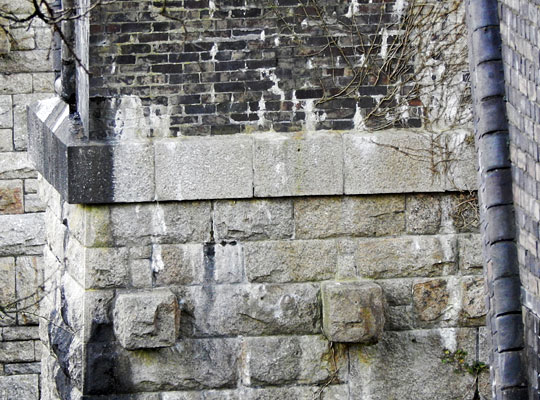
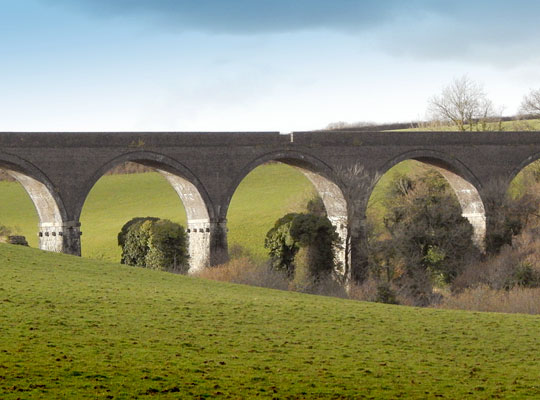
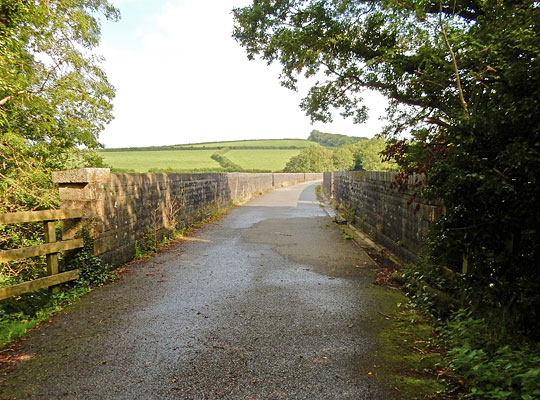
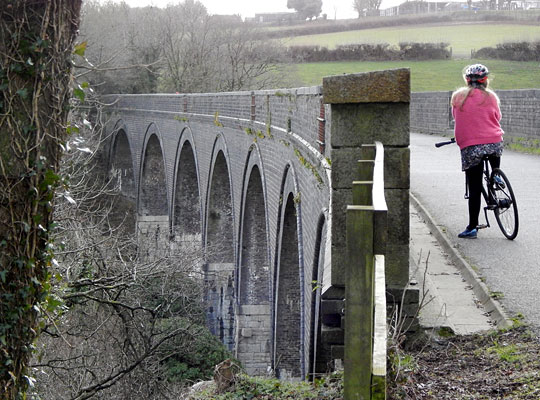
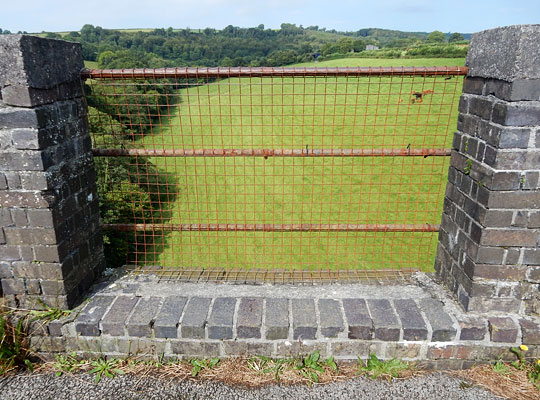
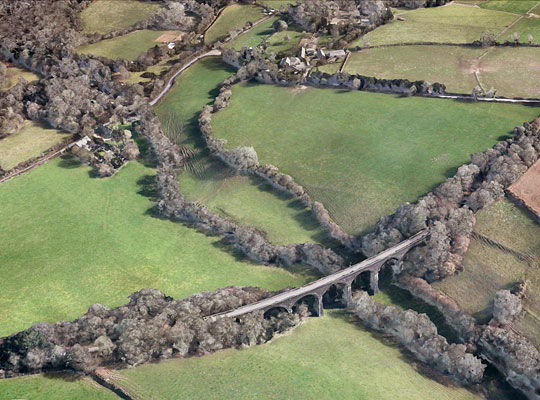









Thanks to the South Devon Railway’s ambitious engineering, a rail link between Exeter and Plymouth was finally completed in 1848, with a permanent terminus at Millbay welcoming its first passengers on 2nd April 1849. It meant that the inhabitants of Plymouth could now enjoy a speedy connection with London, bringing untold economic benefits. Goods traffic ran to the adjacent docks a month later.
Railway promoters in towns close to the Devon-Cornwall border soon saw the opportunities presented by the new line. Amongst the schemes put forward was the 13-mile South Devon & Tavistock Railway, sanctioned by an Act of Parliament on 24th July 1854. It boasted authorised capital of £160,000, borrowing powers of £53,600 and a single broad-gauge track.
Construction work did not start until September 1856, soon after which engineer A H Bampton passed away, prompting the securing of Isambard Kingdom Brunel’s services. The Tavistock section crossed difficult terrain, demanding heavy engineering to overcome it. Six timber viaducts were built to designs by Brunel using continuous laminated beams; three tunnels were also driven.
Ham Green Viaduct spanned a tributary of the River Plym to the north of Bickleigh. Like the others, it comprised groups of four raking timbers in a fan arrangement, two of which sprung from each end of the six stone piers. Braced diagonally, the fans supported three longitudinal beams on which the deck was laid. The longest span measured 65 feet.
The line opened to passenger traffic on 22th June 1859 and for goods the following February. The route was converted to standard gauge in May 1892, shortly after which a 17-year programme began to replace the timber structures. Work was undertaken on Ham Green Viaduct in 1899, with new stone piers erected alongside the originals – which remain in situ – to support arches of seven brick rings. The structure extends for 190 yards and curves to the east on a radius of about 20 chains. It has seven spans.
Closure claimed the line on 29th December 1962, snowfall curtailing the service and the planned commemorations. Much of it is now used by the Plym Valley Cycle Path – part of the National Cycle Network’s Route 27 – whilst a 1½-mile section from Marsh Mills to Plym Bridge operates as a heritage railway.
Ham Green Viaduct remains in generally good condition. Its arch faces are protected by an elegant rounded oversail whilst the piers still show off the stone blocks which carried the centring during construction. Topped by concrete copings, the parapets are afflicted by diagonal cracking in several places. Refuges alternate from side to side above each pier, interrupting the parapets but protected to the rear by steel mesh and tubing.







